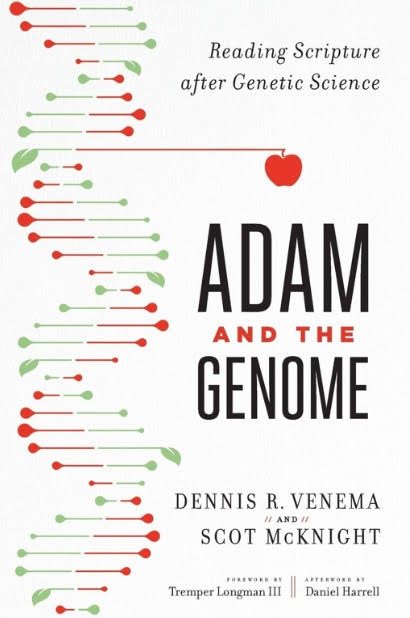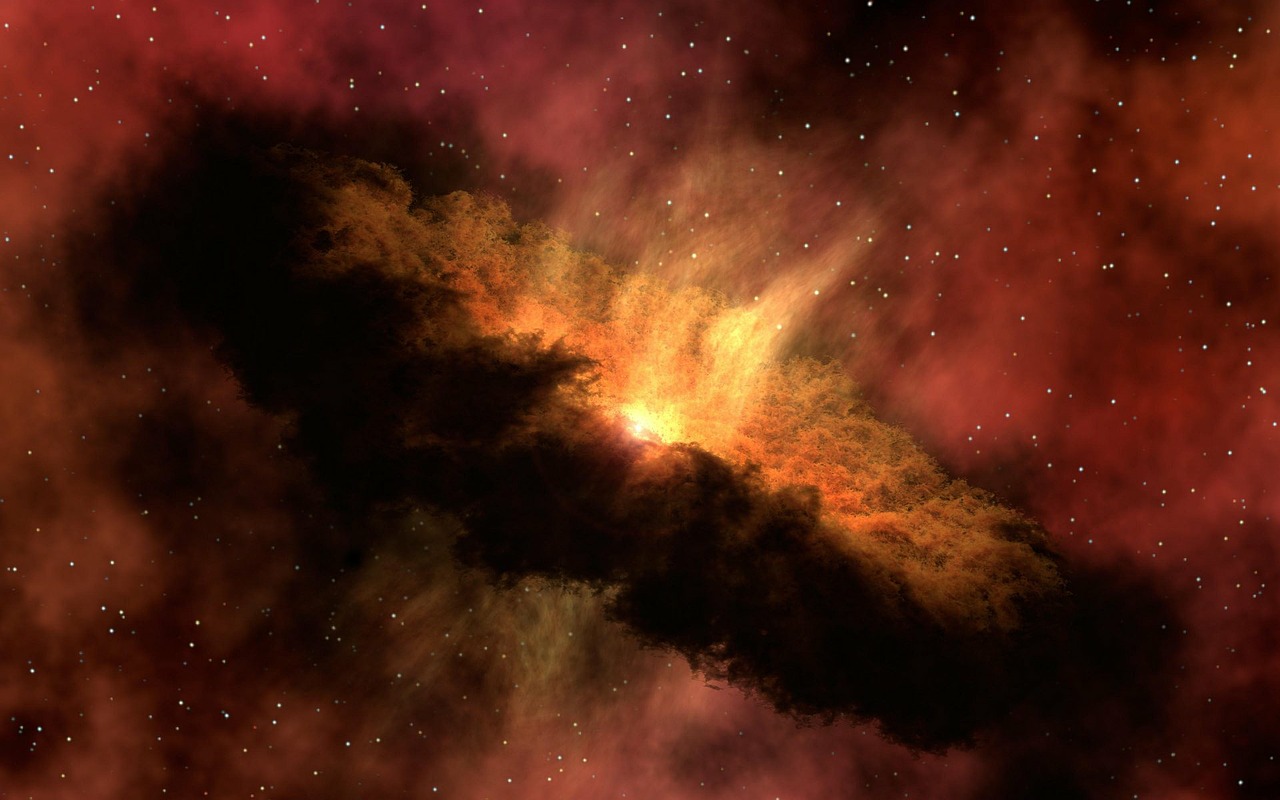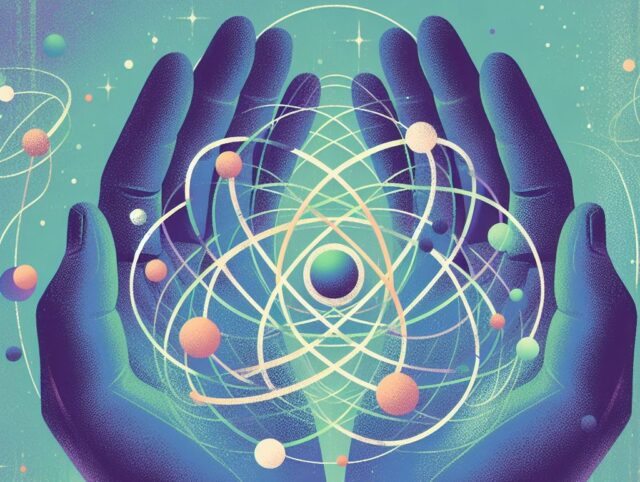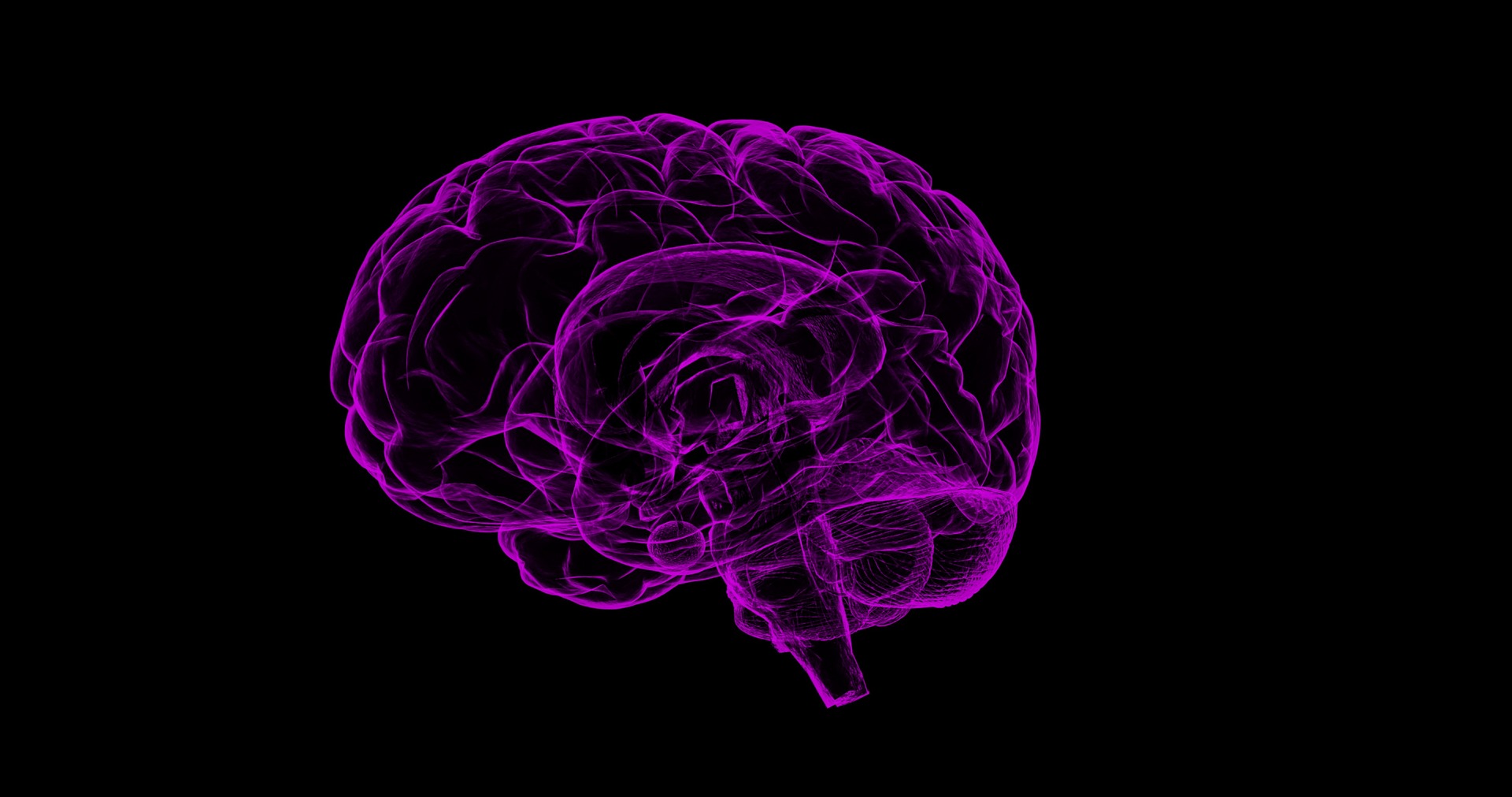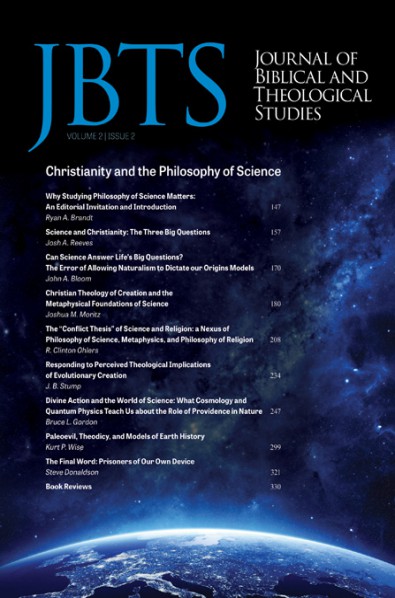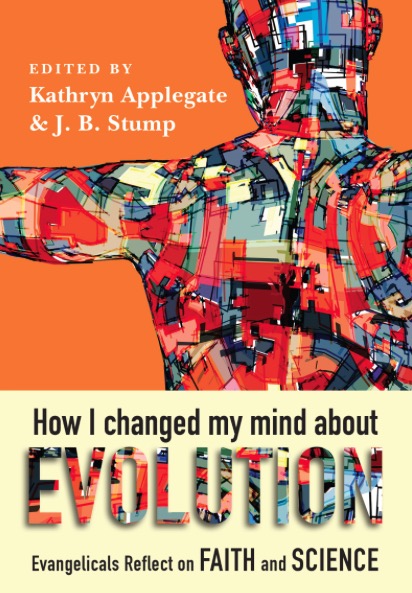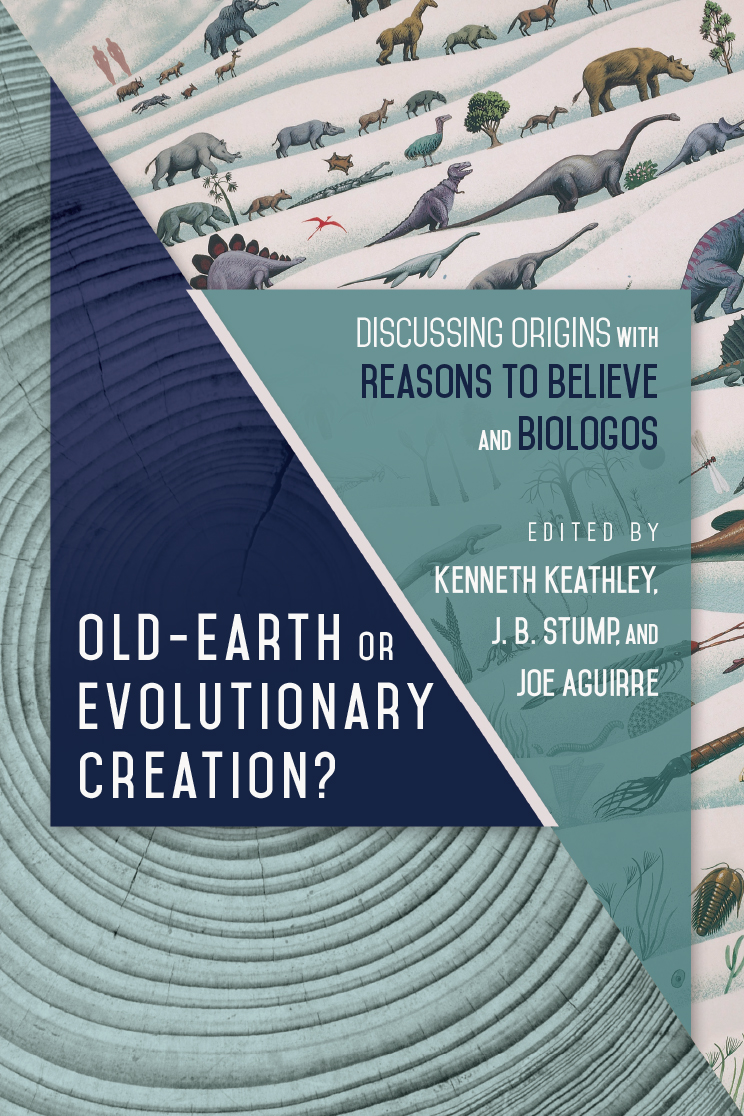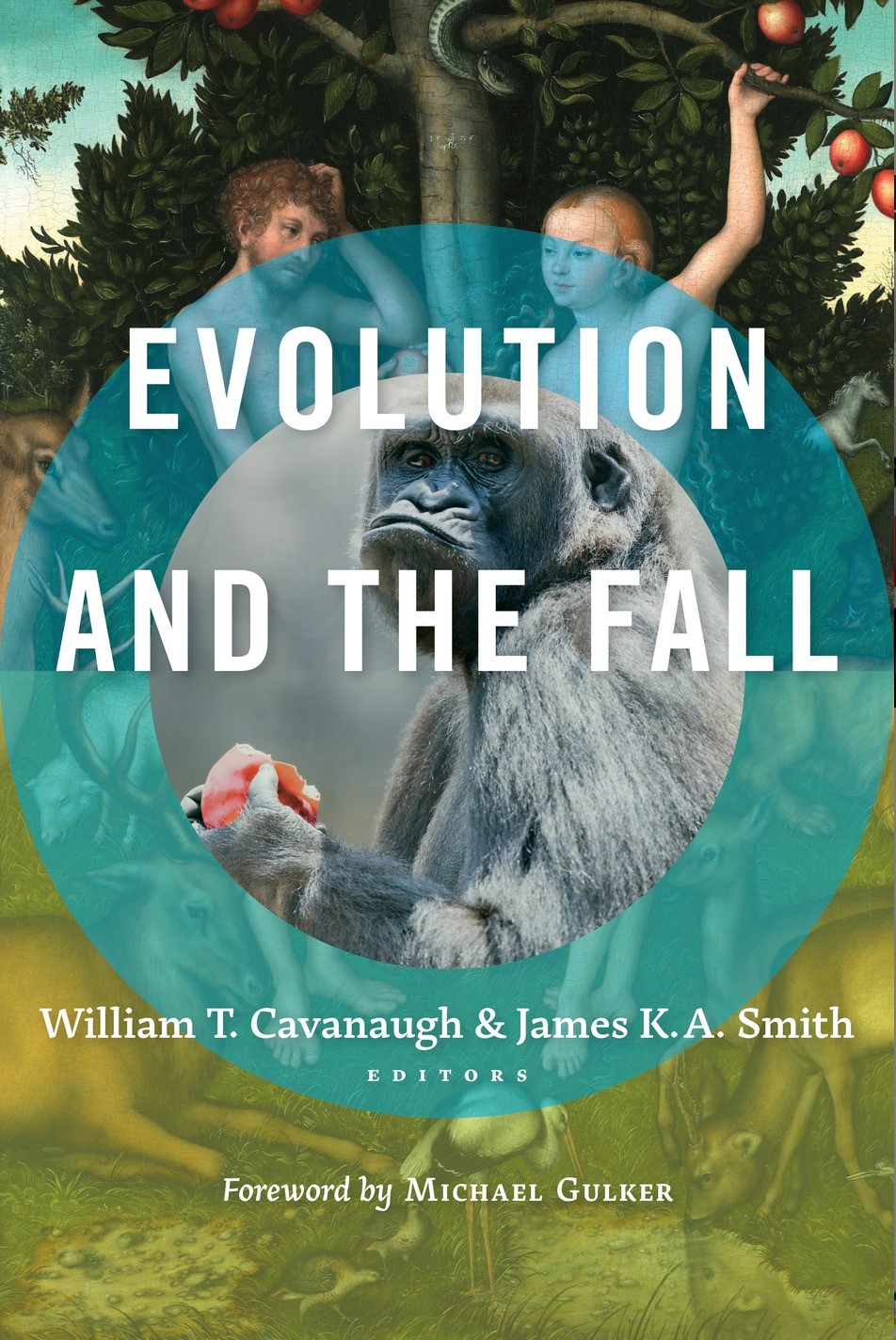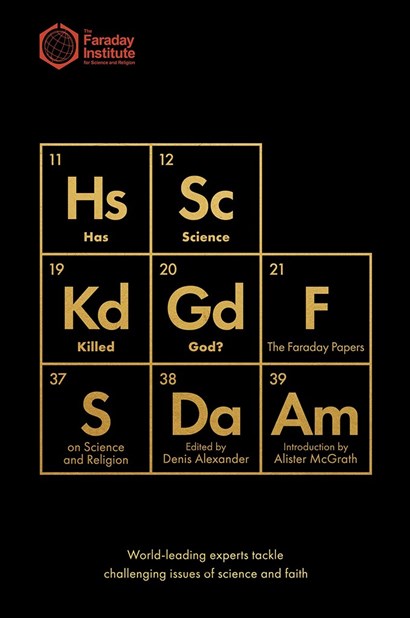


Download PDF
In this article, sparked by the publication last year of Improbable Destinies by Jonathan B. Losos, Frank Nicholas argues that both Richard Dawkins and Simon Conway Morris are in danger of misinterpreting Darwin by placing too much emphasis on natural selection and adaptation, and too little emphasis on non-adaptive evolutionary forces.
Inevitable Humans or Improbable Destinies?
Reflections on Darwin, Dawkins, Conway Morris and the selectionist/adaptionist fallacy
Frank W Nicholas
In this article, sparked by the publication last year of Improbable Destinies by Jonathan B. Losos, Frank Nicholas argues that both Richard Dawkins and Simon Conway Morris are in danger of misinterpreting Darwin by placing too much emphasis on natural selection and adaptation, and too little emphasis on non-adaptive evolutionary forces.
Frank Nicholas is Emeritus Professor of Animal Genetics in the University of Sydney School of Veterinary Science. Email contact: frank.nicholas@sydney.edu.au
Way back in the 1960s and 1970s there was a big debate among evolutionary biologists on the relative importance of selection and other forces in determining the outcome of evolution: the so-called selectionist-neutralist debate. In the “selectionist” corner were researchers who took a more-or-less literal interpretation of the last five words (underlined below) of the main title of Darwin’s 1859 book, namely On the Origin of Species by Means of Natural Selection. In the “neutralist” corner were those whose thinking was more akin to other statements by Darwin in that same book, such as “I am convinced that Natural Selection has been the main but not exclusive means of modification” (p. 7, Introduction) and “Variations neither useful nor injurious would not be affected by natural selection, and would be left a fluctuating element, as perhaps we see in the species called polymorphic” (p. 81, chapter 4). Thus, while never doubting the importance of natural selection, “neutralists” realised (as did Darwin) that not every trait is subject to selection, and that other forces have played and continue to play a role in evolution.
In 1976 Richard Dawkins took the selectionist arguments to a whole new level in The Selfish Gene, a book that provides a very eloquent explanation of kin selection but which is also, as described by Richard Lewontin (1977) in a review in the journal Nature, a “caricature of Darwinism.” Two years later, Stephen J. Gould and Lewontin (1979) presented their “spandrels” paper at a Royal Society meeting on evolution, arranged and hosted by John Maynard Smith and attended by the present author. This paper mounted a counter-offensive against the selectionists, defending “Darwin’s own pluralistic approach to identifying agents of evolutionary change” (p. 581). In support of their argument, Gould and Lewontin noted that in the last (1872) edition of Origin of Species (p. 421), Darwin took readers to task for claiming that he (Darwin) “attribute[s] the modification of species exclusively to natural selection.” Darwin (1872) then referred readers to the quote in the previous paragraph of the present document, taken from the Introduction of all editions of Origin of Species (and repeated here for emphasis), namely “I am convinced that Natural Selection has been the main but not exclusive means of modification.” In 1872 Darwin lamented that these words just quoted had “been of no avail. Great is the power of steady misrepresentation.”[1]
With his exceptional skills as a science communicator, Dawkins has, in his later books, continued the “steady misrepresentation” inherent in the selectionist offensive, to the extent that we can now talk in terms of the selectionist/adaptionist fallacy, or even the Dawkins fallacy: the idea that every trait in every organism is expected to be explainable as the result of adaptive natural selection, i.e., every trait in every organism is expected to be adaptive.
An unintended consequence of the selectionist/adaptionist fallacy is that it plays into the hands of critics of evolution: if a critic can find just one example of a trait that has no apparent adaptionist explanation, this example is hailed by the critic as undermining the whole idea of evolution.[2] At the other extreme, and with considerable irony (given Dawkins’ strident anti-religious stand), the selectionist/adaptionist fallacy also plays into the hands of theologians—including those who accept that evolution has occurred—and to scientists who are Christians, by providing a temptation to invoke God or some other supernatural cause (directly or indirectly) to explain a particular attribute of humans or other creatures for which adaptive natural selection does not appear to provide an obvious explanation.[3]
My own position in this debate is heavily influenced by my experience as an undergraduate honours student in 1970, when I cut my research teeth on replicated long-term directional selection lines in Drosophila melanogaster. The response to selection in these replicate lines left me in no doubt as to the importance of both selection and chance in determining the fate of populations: on average, the response to selection was real and consistent with the simple prediction from quantitative genetics theory; but the variation among replicates was substantial, with no two replicates showing anything resembling identical response, and with the actual response in any replicate not being predictable.[4] These replicate selection lines also gave me first-hand experience of what Darwin called “correlation of growth,” namely that selection on one trait results in changes in other traits, even though those other traits are not themselves being selected. Thus, from an early stage in my career, I was inculcated with Darwin’s broad understanding (as clearly stated in Origin of Species) that, despite the wording of the book’s title, not all traits are adaptive; and hence there is absolutely no obligation to explain all traits in terms of natural selection.
All this is by way of background to the publication last year of Improbable Destinies, a book by Jonathan B. Losos, then Professor of Organismic and Evolutionary Biology and Curator in Herpetology in the Museum of Comparative Zoology at Harvard.[5] Early in the book, Losos tells of his honours project on two species of Anolis lizards, part of a large and famous project led by Ernest Williams on the evolution of similar features in different species (known as convergent evolution or “evolution repeating itself”). This was followed by a PhD on more detailed studies of convergent evolution in a broader range of Anolis lizard species.
Having just submitted his PhD thesis, Losos was shocked to read the conclusion in Gould’s then hot-off-the-press 1989 book Wonderful Life: The Burgess Shale and the Nature of History, that evolution does not repeat itself. As Losos recalls, “Gould convincingly argued that evolution shouldn’t repeat itself, yet my own research showed that it did” (p. xii). Despite the shock, Losos continued studying Anolis lizards, and, over the ensuing decades has provided substantial evidence of convergent evolution. Indeed, as he says in his book, “The more we learn about life’s history on this planet, the more we see that convergence has occurred, that very similar outcomes have evolved repeatedly” (p. xiii).
And yet, after decades of collecting evidence on convergence, Losos now writes a book arguing that the destiny of species is “improbable”; that despite the widespread occurrence of convergence, Gould was right! How can this be? What is going on here?
The answer lies in the widely-influential writings of Simon Conway Morris, FRS and Professor of Evolutionary Paleobiology at the University of Cambridge. Paradoxically, as it turns out, the young Conway Morris was hailed in Gould’s Wonderful Life for having shown the remarkable extent to which the Burgess Shale fossils show a lack of convergence. Subsequent reinterpretation of these fossils by Conway Morris and others, in the context of ever-increasing knowledge of fossils, has led to almost the opposite conclusion, best summarised by Conway Morris in his 2003 book Life’s Solution: Inevitable Humans in a Lonely Universe and in his more recent (2015) book The Runes of Evolution: How the Universe Became Self-Aware. In fact, Conway Morris now places so much emphasis on the ubiquity of convergence, reflecting the many inevitable constraints on how life can evolve, that he concludes in his 2003 book that “something like ourselves is an evolutionary inevitability” (p. xv). Similar but less explicit claims are made concerning the implications of convergence in his 2015 book, e.g., “we can be increasingly confident that … intelligence [is] evolutionarily inevitable” (p. 19).
These claims, especially when combined with the words “Inevitable Humans” in the title of his 2003 book, have been taken by theologians as strong scientific support (from an FRS, no less) for the central theological tenet that humans are the (planned) pinnacle of life on earth, consistent with one of the Bible’s central claims, namely that (in the elegant words of the King James Version) “God created man in his own image, in the image of God created he him” (Gen. 1:27; KJV).[6]
All of this was too much for Losos.
Accordingly, just as those who opposed the selectionists all those decades ago did so while at the same time acknowledging the central importance of natural selection, so now does Losos devote his book to showing clearly that, although convergence is ubiquitous (reflecting the many acknowledged constraints on how life can evolve), “If any of a countless number of events had occurred differently in the past, Homo sapiens wouldn’t have evolved. We were far from inevitable and are lucky to be here, fortunate that events happened just as they did” (p. 334). In drawing this conclusion, Losos is reinforcing an understanding long-held by many biologists, especially those with some knowledge of population and quantitative genetics. This understanding was well summarised decades ago by Maynard Smith, who, in a 1992 review of Gould’s Wonderful Life in the New York Review of Books, stated that “Clearly, it is enormously unlikely that human beings indistinguishable from ourselves could have evolved [if the evolutionary ‘tape’ were to be rewound]” (p. 34) and “it is exceedingly unlikely that, in the ‘rerun’ experiment, exactly the same cognitive creatures—with five fingers on each hand, a vermiform appendix, thirty-two teeth, and so on—would have evolved” (p. 35).
Intriguingly, Conway Morris actually agrees with these statements!
In the preface to Life’s Solutions, for example, Conway Morris includes the second of the above Maynard Smith quotes, and leaves readers in little doubt that he (Conway Morris) agrees with it. Even Conway Morris’ own conclusion quoted previously from Life’s Solutions, that “something like ourselves is an evolutionary inevitability” (my emphasis) is actually consistent with his agreement with Maynard Smith (and with mainstream biology), because in that quote Conway Morris is talking about only “something like ourselves”; he is not saying literally that humans are an evolutionary inevitability.
What are we to make of this? What are we to make of this senior and high-profile scientist who includes the words “inevitable humans” in the title of a scientific book about evolution, but who in that same book says, sotto voce, that humans are not inevitable?
Losos mentions a colleague who wonders whether Conway Morris has allowed his (very public) spirituality to influence his science. At the very least, there appears to be the hint of a mixed message in Conway Morris’ writings on convergent evolution. When Conway Morris says that “something like ourselves is an evolutionary inevitability,” he may well mean it literally (that some form of intelligent being, but not Homo sapiens, is likely to have evolved). At the same time, many of his readers will interpret this quote (reinforced by the book’s title) as science providing support for the idea that humans (Homo sapiens; the species made in God’s image) are an inevitable product of evolution.
Some help in making sense of all this comes from an unlikely source, namely Laudato si’, the 2015 “environmental” encyclical of Pope Francis, who, in paragraph 62, states that science and religion have “distinctive approaches to understanding reality.” These distinctive approaches lead to distinctive understandings of reality. The most fruitful way to describe the distinction is that in the scientific understanding of reality, God or any other supernatural cause is never invoked as an explanation for any phenomenon of interest to science. In contrast, God is central to the religious understanding of reality. Some scientists (such as Dawkins) have only a scientific understanding of reality. Indeed, in adhering to the philosophical naturalism[7] tradition, Dawkins regards any religious approach to understanding reality as delusional, and, consciously or not, his science reflects this view. He interprets evidence so as to deny any credence to a religious understanding.
In contrast, there is abundant evidence (namely the existence of many scientists who are Christians) that it is possible for a person to hold to both understandings.[8] The writings, interviews and lectures of Conway Morris, a scientist and a very public Christian, are consistent with him holding to both understandings of reality. In appearing to provide a mixed message in his books on convergent evolution, Conway Morris has, perhaps unwittingly, failed to appreciate the distinction between the two understandings.
Given their many profound differences in interpreting evidence, the great irony is that both Dawkins and Conway Morris are in the same selectionist/adaptionist camp: both continue the “steady misrepresentation” that Darwin decried 146 years ago; both tend to place too much emphasis on natural selection and adaptation, with insufficient emphasis on the non-adaptive mechanisms that Darwin recognised as contributing to evolution. It’s unfortunate that Dawkins’ selectionist/adaptionist interpretation of the evidence provides an incomplete and misleading account of Darwin’s explanation of how evolution has occurred; and that Conway Morris’ selectionist/adaptionist interpretation of the evidence provides false hope to theologians and others who wish to see science reinforcing the religious understanding of reality.
Acknowledgements
The author thanks Phil Batterham, John Endler, John James, Jonathan Losos and Jan Nicholas for very helpful feedback on earlier drafts of this document.
References
Conway Morris, S, 2003, Life’s Solution: Inevitable Humans in a Lonely Universe, Cambridge University Press, Cambridge.
Conway Morris, S, 2015, The Runes of Evolution: How the Universe Became Self-Aware, Templeton Press, West Conshohocken, PA.
Darwin, CR, 1859, On the Origin of Species by Means of Natural Selection, John Murray, London.
Darwin, CR, 1872, The Origin of Species by Means of Natural Selection (6th edition), John Murray, London.
Darwin, CR, 1880, “Sir Wyville Thomson and natural selection”, Nature, vol. 23, p. 32.
Dawkins, R, 1976, The Selfish Gene, Oxford University Press, Oxford.
Francis, Pope, 2015, Laudato si’, Encyclical Letter of the Holy Father Francis on Care for our Common Home, Vatican Press, Rome.
Gould, SJ, 1989, Wonderful Life: The Burgess Shale and the Nature of History, WW Norton, New York.
Gould, SJ, Lewontin, R, 1979, “The spandrels of San Marco and the Panglossian paradigm: a critique of the adaptationist programme”, Proc R Soc Lond B, vol. 205(1161), pp. 581-598.
Hosinski, TE, 2017, The Image of the Unseen God, Orbis Books, New York.
Huxley, TH, 1880, “The first volume of the publications of the ‘Challenger’“, Nature, vol. 23, pp. 1-3.
Lewontin, R, 1977, “Caricature of Darwinism”, Nature, vol. 266, p. 283.
Losos, JB, 2017, Improbable Destinies, Riverhead Books, New York.
Maynard Smith, J, 1992, “Taking a chance on evolution”, The New York Review of Books, vol. 39(9), pp. 34-36.
Rathie, K, Nicholas, FW, 1980, “Artificial selection with differing population structures”, Genetical Research, vol. 36(2), pp. 117-131.
Yoo, BH, 1980, “Long-term selection for a quantitative character in large replicate populations of Drosophila-melanogaster. 1. Response to selection”, Genetical Research, vol. 35(1), pp. 1-17.
[1] In a letter to Nature, Darwin (1880) angrily criticised Sir Wyville Thomson for writing in the General Introduction to the Report on the scientific results of the voyage of H.M.S. Challenger (as quoted by Huxley 1880) that “The character of the abyssal fauna refuses to give the least support to the theory which refers the evolution of species to extreme variation guided only by natural selection.” It was the last five words of the quoted sentence to which Darwin took great exception.
[2] For a modern example of the “steady misrepresentation” that so concerned Darwin, see http://humansarefree.com/2013/12/9-scienctific-facts-prove-theory-of.html?m=0. A typical quote from this site is “Evolution is simply pie-in-the-sky conjecture without scientific proof. If natural selection were true, Eskimos would have fur to keep warm, but they don’t. They are just as hairless as everyone else. If natural selection were true, humans in the tropics would have silver, reflective skin to help them keep cool, but they don’t. They have black skin, just the opposite of what the theory of natural selection would predict.”
[3] See, for example, the following statements from the Discovery Institute: “The dominant theory of evolution today is neo-Darwinism … which contends that evolution is driven by natural selection … It is this specific claim made by neo-Darwinism that intelligent design directly challenges” (A Parent’s Guide to Intelligent Design, no date, p. 7; https://www.discovery.org/) and “We are skeptical of claims for the ability of random mutation and natural selection to account for the complexity of life” (A Scientific Dissent From Darwinism; https://dissentfromdarwin.org/about/). In both cases, the Discovery Institute argues for a supernatural “intelligent cause” as an alternative explanation to natural selection.
[4] The most informative accounts of these results (although not of the author’s actual honours project) are Rathie and Nicholas (1980) (for the first 31 generations) and Yoo (1980) (for the entire 86–89 generations).
[5] Losos is now (2018) William H. Danforth Distinguished University Professor and Director of the Living Earth Collaborative at Washington University, Saint Louis, MO.
[6] To take just one example of how Conway Morris has provided succour to theologians, we find Thomas E. Hosinski, Professor Emeritus of Theology at the University of Portland, Oregon, saying in his recent (2017) book The Image of the Unseen God that “Evolutionary convergence, which Simon Conway Morris sees as pervasive in evolutionary history, may ultimately be due to how God ordered possibilities” (p. 146).
[7] Philosophical naturalism can be summarised thus: since an understanding of nature requires no invocation of supernatural forces, it follows that there are no supernatural forces.
[8] Indeed, it could be argued that holding to more than one understanding of reality reflects a more sophisticated intellectual ability than holding to just one!
